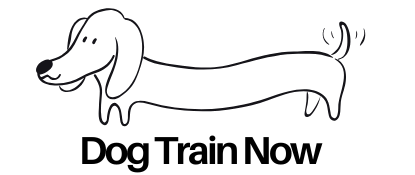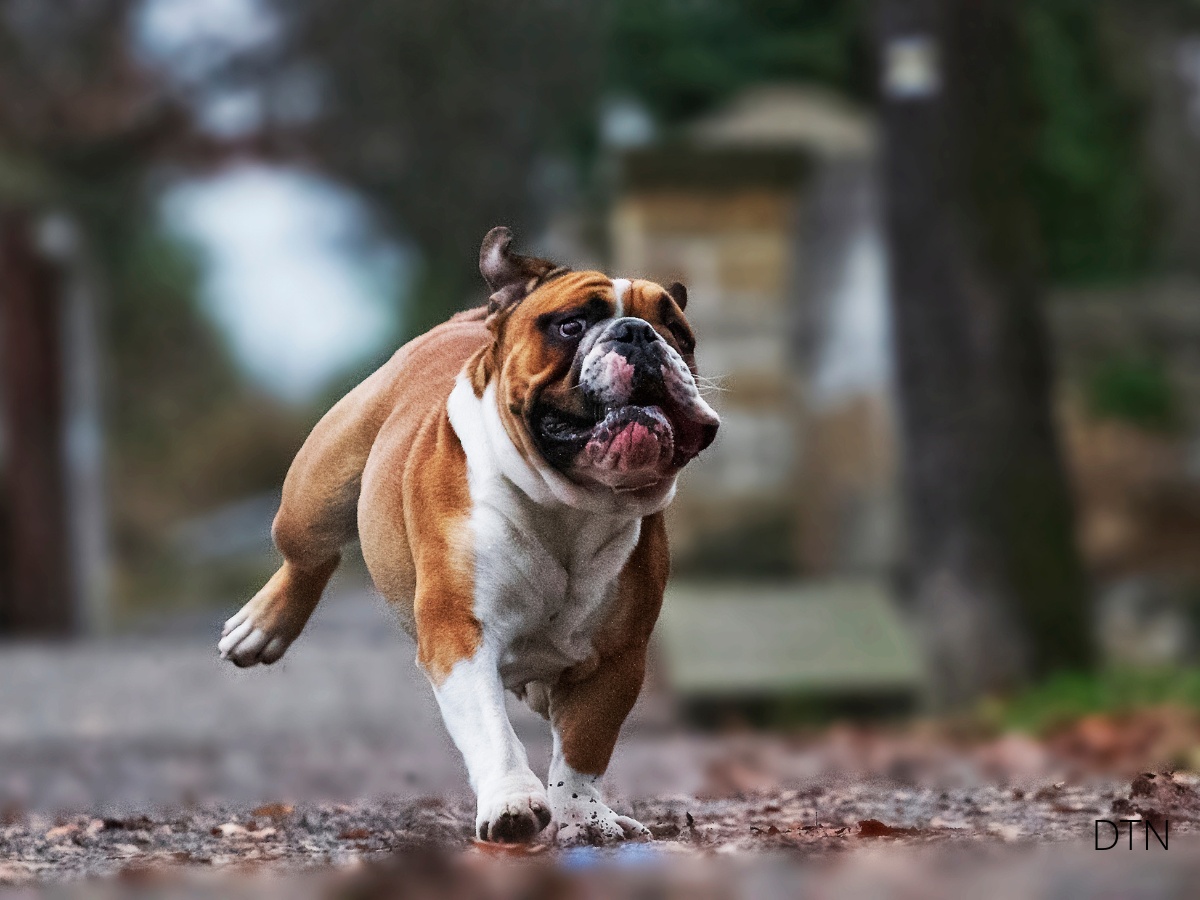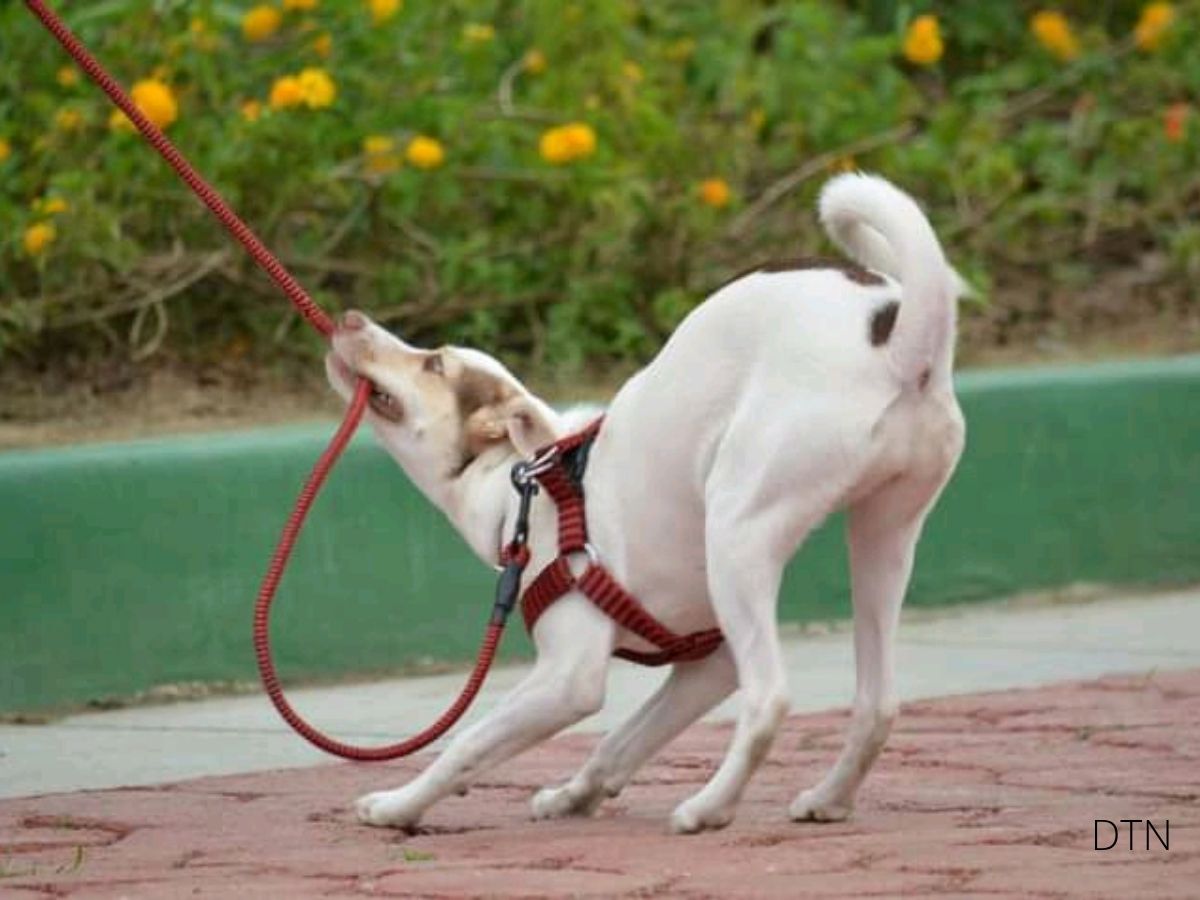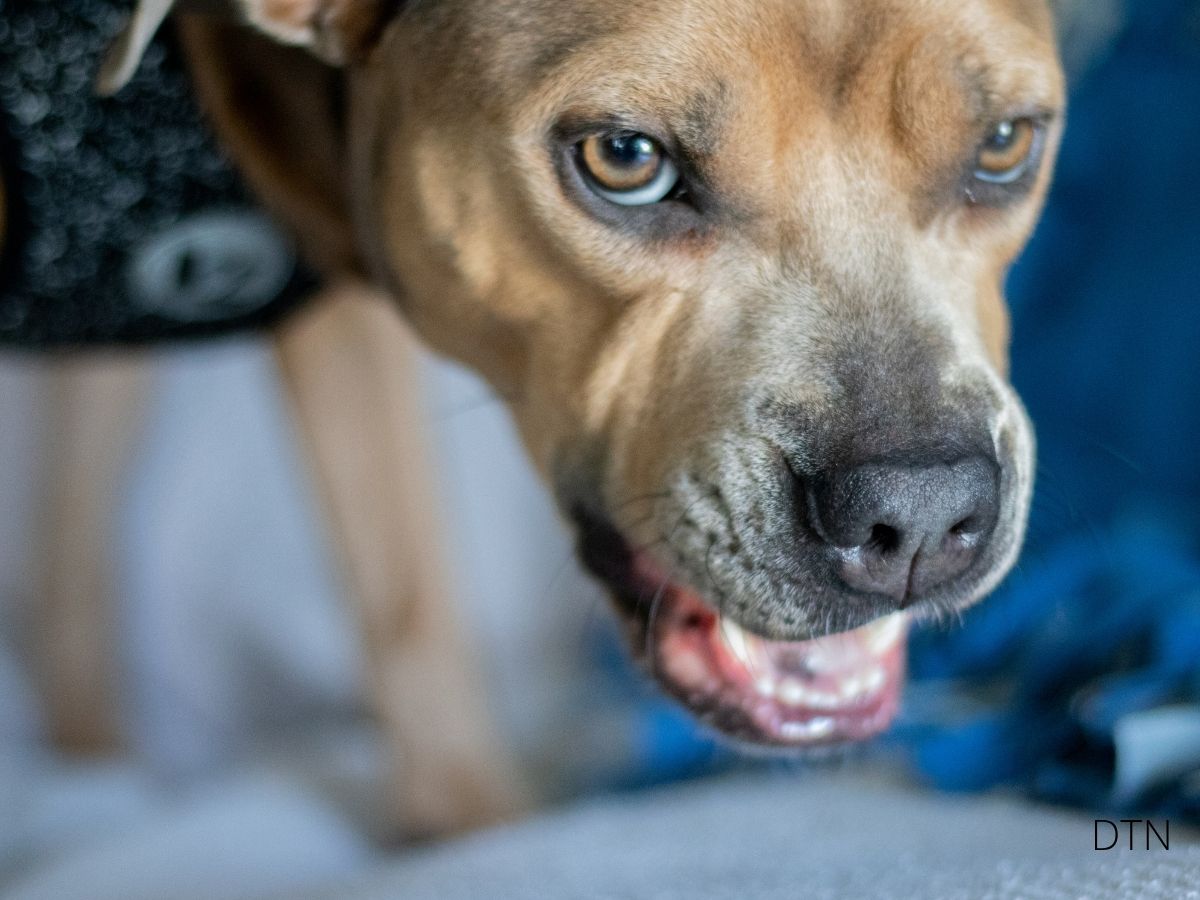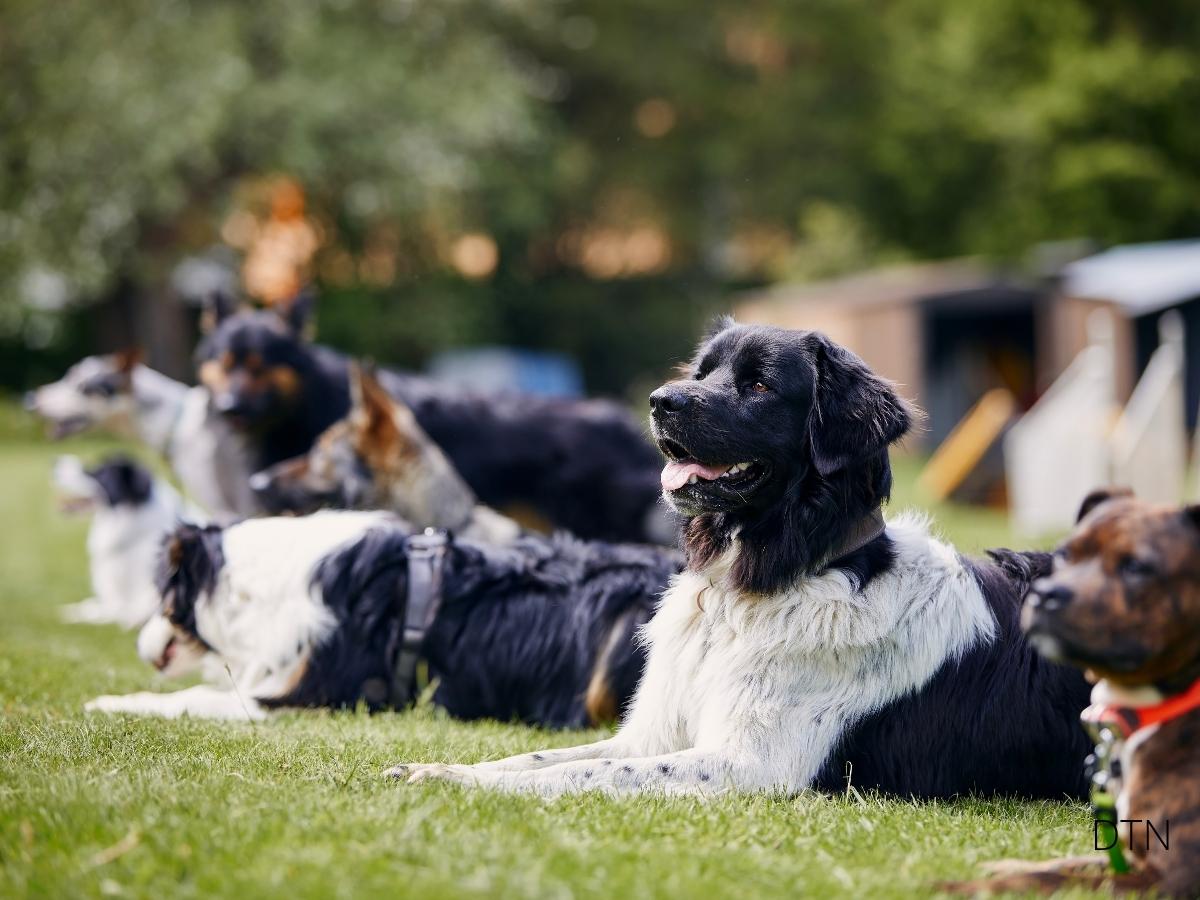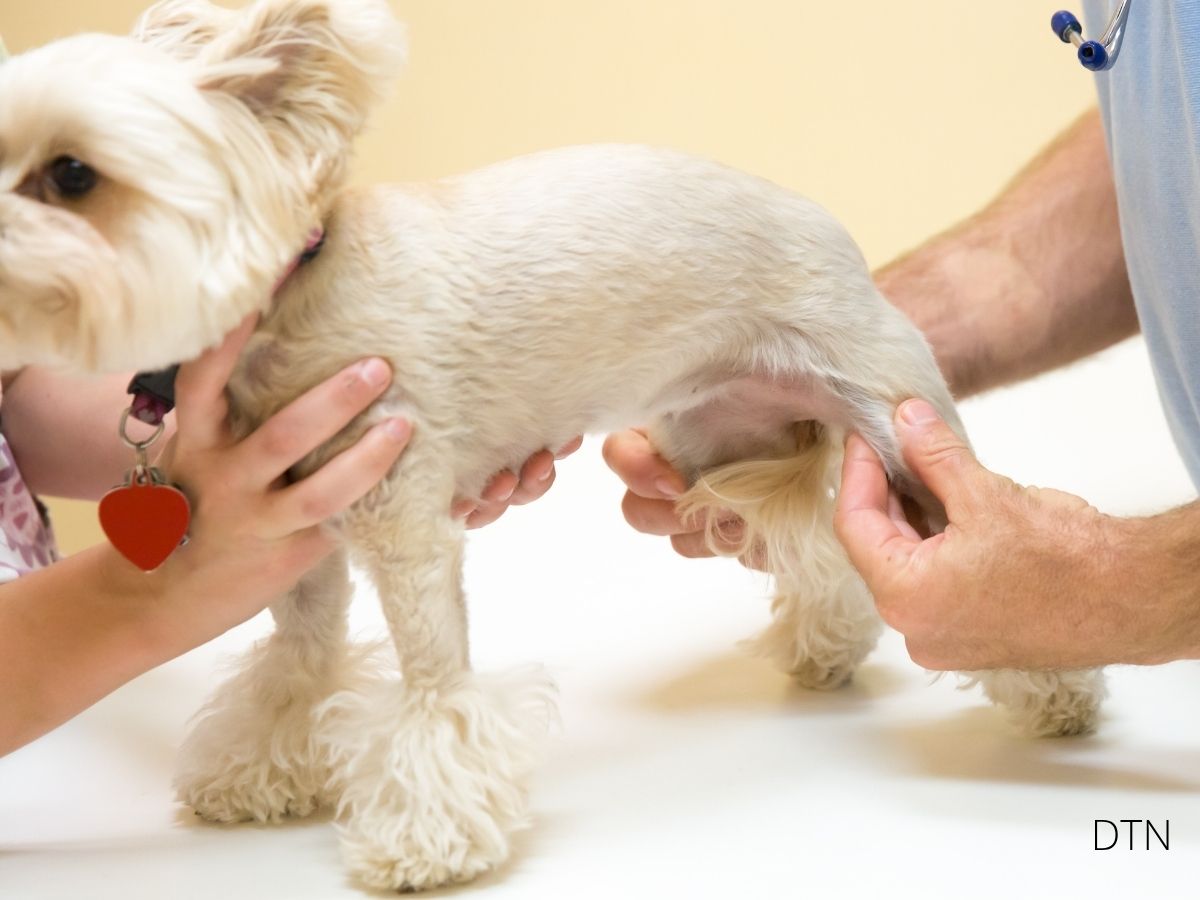Introduction
Does your Border Collie stare at shadows for hours? Does your German Shepherd pace relentlessly despite morning runs? You’re witnessing over-motivation—when exceptional working drive transforms into destructive energy. This isn’t simply “too much energy” but a complex neurobiological cascade that we’re only beginning to understand.
The Neurobiology Behind Over-Motivation
Your dog’s intense drive stems from specific brain chemistry. The dopaminergic system controls reward processing and motivation, while norepinephrine manages arousal and attention. When properly balanced, these create focused, productive engagement. But without appropriate outlets, they push your dog into chronic overdrive.
Key Warning Signs of Escalating Arousal:
- Early: Demand barking, difficulty waiting, faster responses
- Mid-stage: Snatching treats, shortened attention span, whining during calm activities
- Threshold: Dilated pupils, excessive panting, inability to respond to known cues
- Crisis: Self-injury, prolonged vocalization, complete disconnection from handler
As arousal climbs unresolved, your dog’s stress-response system floods with cortisol and adrenaline. The amygdala becomes hypersensitive, interpreting neutral stimuli as threats. That rustling leaf becomes must-chase; the mail carrier triggers explosive reactions. 🧠
Recognizing the Difference: Bored vs. Over-Motivated
Understanding this distinction is crucial for appropriate intervention.
Bored Dog Indicators:
- Sleeps excessively but engages readily when offered activities
- Mild mischief that stops when interrupted
- Quick recovery after exercise (5-10 minutes)
- Maintains normal appetite and social behaviors
Over-Motivated Dog Indicators:
- Restless sleep, remains vigilant even when “resting”
- Intense destruction continuing despite interruption
- Prolonged recovery time (30+ minutes to calm)
- Eating too fast or skipping meals due to arousal
- Dilated pupils, persistent panting, muscle tension
Your over-motivated dog exists in chronic physiological arousal that mere activity cannot resolve. They need help learning to process and regulate stimulation, not more of it. 🐾
Breed-Specific Considerations
Working breeds carry thousands of years of selective breeding for intense, sustained drive. Modern companion life rarely provides outlets for these complex behavioral sequences, leaving dogs with activated drives but no completion.
High-Risk Breed Categories:
Herding Breeds (Border Collies, Australian Shepherds):
- Genetic drive: Eye-stalk-chase sequences
- Modern problems: Chasing cars, nipping heels, shadow obsession
- Management needs: Structured herding games, mental puzzles
Protection Breeds (Belgian Malinois, German Shepherds):
- Genetic drive: Territory monitoring, threat assessment
- Modern problems: Hypervigilance, barrier aggression, excessive barking
- Management needs: Clear on/off switches, confidence building
Terriers (Jack Russell, Rat Terriers):
- Genetic drive: Independent hunting, prey pursuit
- Modern problems: Destructive digging, obsessive toy destruction
- Management needs: Barn hunt activities, controlled flirt pole
Individual variation exists even within breeds. Early socialization (3-14 weeks), maternal stress levels, and individual experiences all influence arousal thresholds. Two littermates can display vastly different regulation abilities despite identical genetics.
Environmental and Human Factors
Modern lifestyles inadvertently create perfect storms for over-motivation. Hour-long runs and endless fetch can actually worsen the problem—each ball chase floods your dog’s brain with dopamine, creating an addiction-like cycle requiring increasing stimulation for diminishing satisfaction.
Common Human Mistakes That Escalate Arousal:
- Excited greetings when arriving home
- Using only high-energy exercise (fetch, running)
- Rapid-fire command repetition when dog doesn’t respond
- Inconsistent rules between family members
- Weekend warrior exercise patterns
- Constant background stimulation (TV, music)
Urban environments compound challenges through sensory bombardment—traffic, strangers, other dogs—providing endless arousal triggers without behavioral completion opportunities. Your dog remains perpetually primed for action that never materializes. 😊
Dogs have given us their absolute all. We are the center of their universe.
– Roger Caras
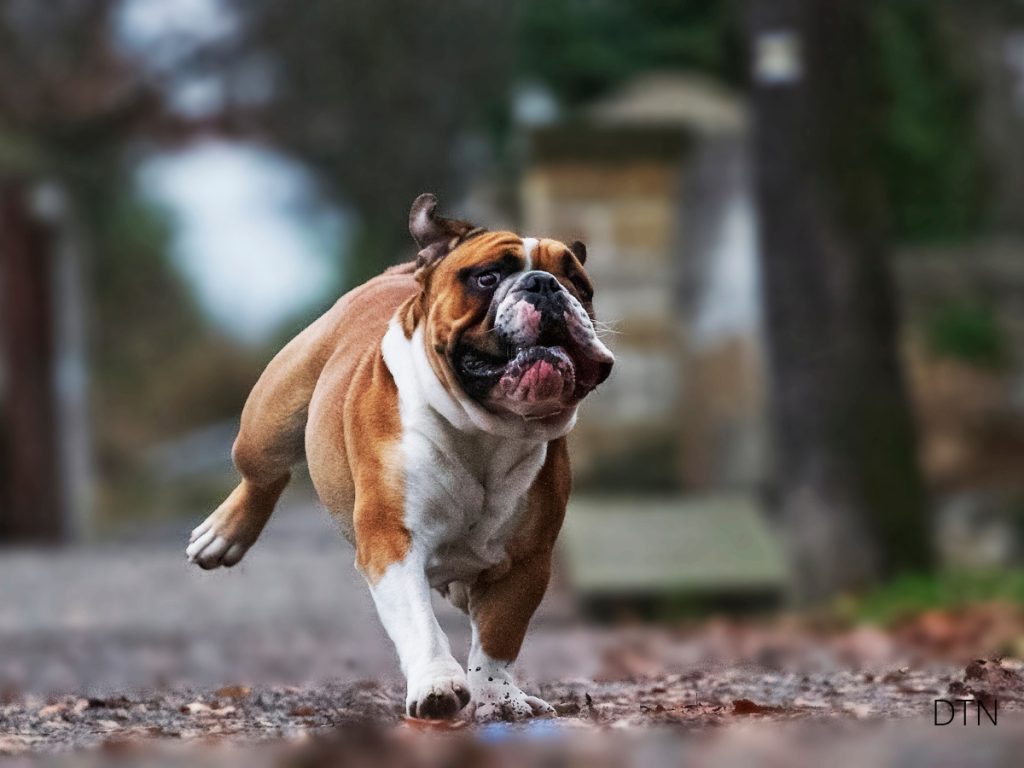
Effective Intervention Strategies
Building Impulse Control
Start with “Permission-Based Living”—your dog learns good things come through calm patience, not demanding behavior.
Foundation Protocol:
- Meals require eye contact and stillness before release
- Doors open only after automatic sit-stay
- Toys activate only with calm behavior
- Petting follows relaxed body language
The Relaxation Protocol (5-week progression):
- Week 1: Reward down-stay for increasing durations
- Week 2: Add minor distractions (dropping pen, stepping away)
- Week 3: Include movement (walking circles, sitting nearby)
- Week 4: Environmental sounds (doorbell, knocking)
- Week 5: Real-world application during daily activities
Structured Enrichment
True enrichment engages specific cognitive processes promoting satisfaction and neurological balance—not exhaustion.
Scent Work Benefits:
- Requires sustained concentration without physical arousal
- Engages olfactory processing while maintaining calm
- Naturally regulates breathing and reduces anxiety
- Provides mental satisfaction without addiction patterns
Progressive Problem-Solving:
- Level 1: Single-action puzzles (flip bowl, move towel)
- Level 2: Two-step sequences (open then retrieve)
- Level 3: Choice points (select correct path)
- Level 4: Tool use (use one object to access another)
Environmental Management
Create distinct zones supporting different arousal states:
Calm Zone Requirements:
- Quietest room, away from windows
- Comfortable bedding, white noise
- No toys or training—only calm activities
- Always accessible for voluntary retreat
Essential Daily Structure:
- Morning: 5-minute calm before any interaction
- Activities: Always follow with cool-down protocol
- Transitions: Sniff walk → nose work → massage → mat work
- Evening: Gradual arousal decline before bedtime
Long-term Management
Lifestyle Adaptations
Quality Over Quantity: A 20-minute session combining obedience, tricks, and nose work provides more satisfaction than two-hour fetch marathons.
Decompression Days: Regular minimal-stimulation days allow nervous system reset—not punishment but strategic recovery, like athletes need rest days.
Building Frustration Tolerance:
- Start with 1-second waits, build gradually to 30+ seconds
- Use Premack Principle: calm behaviors earn exciting rewards
- Expect extinction bursts—behavior worsens before improving
- Maintain absolute consistency through challenging phases
When to Seek Professional Help
Red Flags Requiring Intervention:
- Self-injurious behaviors appearing
- Sleep less than 12 hours daily
- Regression in learned behaviors
- Family stress becoming unsustainable
- Safety concerns emerging
Professional Options:
- Veterinary Behaviorists: Can prescribe medication, diagnose medical contributors
- Certified Behavior Consultants: Design systematic interventions, ongoing support
- Professional Trainers: Foundation skills, prevention, early intervention
Understanding Healthy Drive vs. Dysfunction
Positive Drive Indicators:
- Clear on/off switches between work and rest
- Thinking through problems vs. frantic reactions
- Recovery within 5-10 minutes
- Performance improves with practice
- Joy visible in engagement
Destructive Drive Warning Signs:
- Chronic panting without temperature justification
- Dilated pupils persisting after triggers
- Previously reliable behaviors deteriorating
- Increasing reactivity to routine stimuli
- Emotional exhaustion replacing joy
Critical Intervention Points:
- Two+ physiological signs persisting over one week
- Behavioral escalation despite consistent training
- Quality of life significantly affected
- When you dread interacting with your dog
Your Action Plan
Week 1 – Immediate: ☐ Create calm zone ☐ Implement cool-downs ☐ Start impulse control ☐ Document baseline behaviors ☐ Stop fetch/ball temporarily
Month 1 – Foundation: ☐ Introduce scent work ☐ Daily relaxation protocol ☐ Veterinary consultation ☐ Join support community
Ongoing – Maintenance: ☐ Weekly decompression days ☐ Quarterly progress evaluation ☐ Celebrate small victories ☐ Maintain support network
Conclusion: Is This Journey Right for You?
Living with an over-motivated dog means accepting their intensity isn’t a problem to eliminate but a trait to channel constructively. Progress follows non-linear paths—good days alternate with setbacks, breakthroughs precede regressions. Your dog’s nervous system needs time to establish new patterns.
These dogs require more time, energy, and resources than typical pets. Your social life needs adjustment; vacations become complicated. Some days you’ll wonder why you didn’t get a goldfish instead. But you’ll also develop an extraordinary bond, learn patience beyond current limits, and witness remarkable transformations.
The relationship becomes extraordinarily rewarding when built on understanding rather than frustration. These dogs offer unparalleled loyalty and profound connection for owners willing to meet their complex needs. They teach us that behavior is communication, not defiance.
Your over-motivated dog’s drive isn’t weakness—with your help, it becomes their greatest strength. The journey requires dedication, but the destination—a balanced, fulfilled companion channeling intensity into positive outcomes—makes every effort worthwhile.
Trust the process. Celebrate small victories. Seek support freely. Remember: you’re literally rewiring your dog’s brain, one patient repetition at a time. Welcome to the transformative world of living with an over-motivated dog. Your life will never be the same—and once you experience this profound connection, you wouldn’t want it any other way. 🧡🐾
